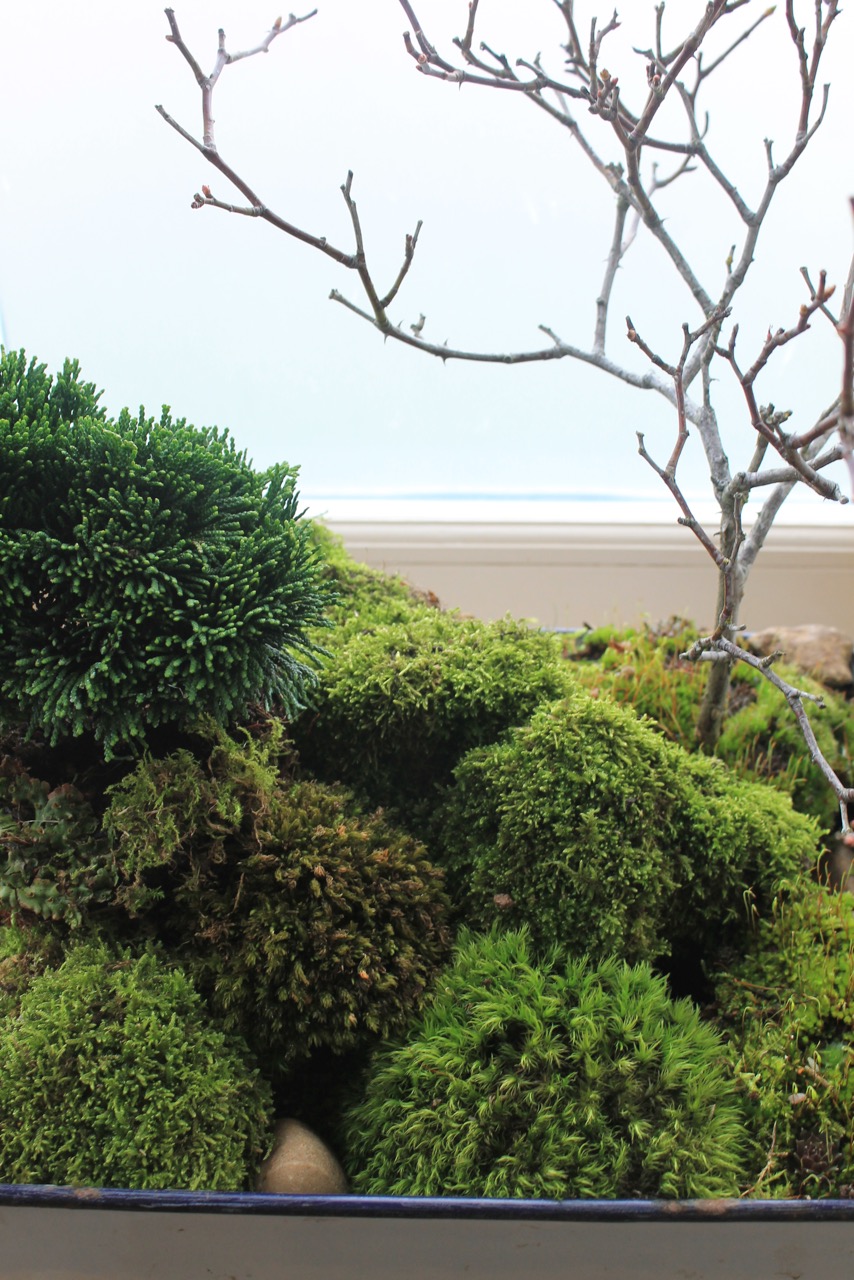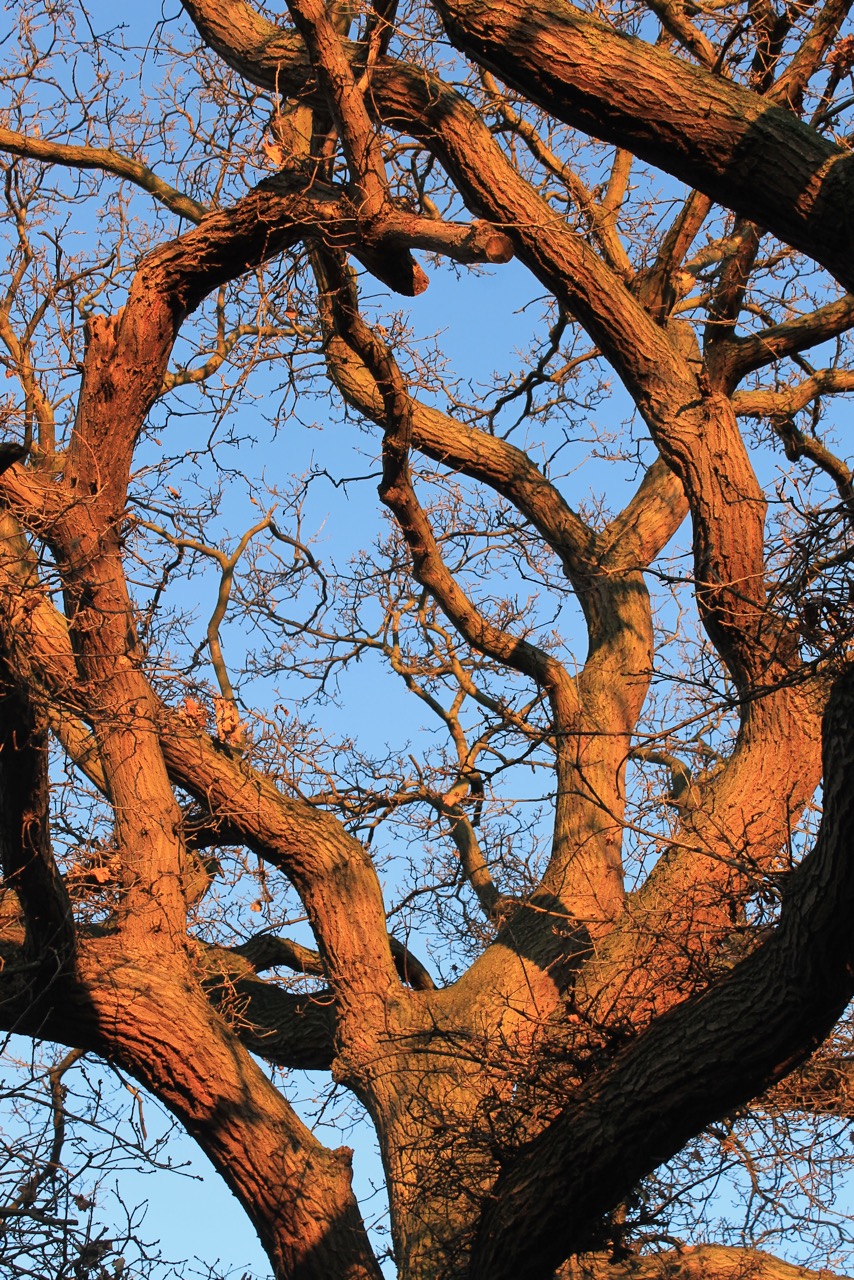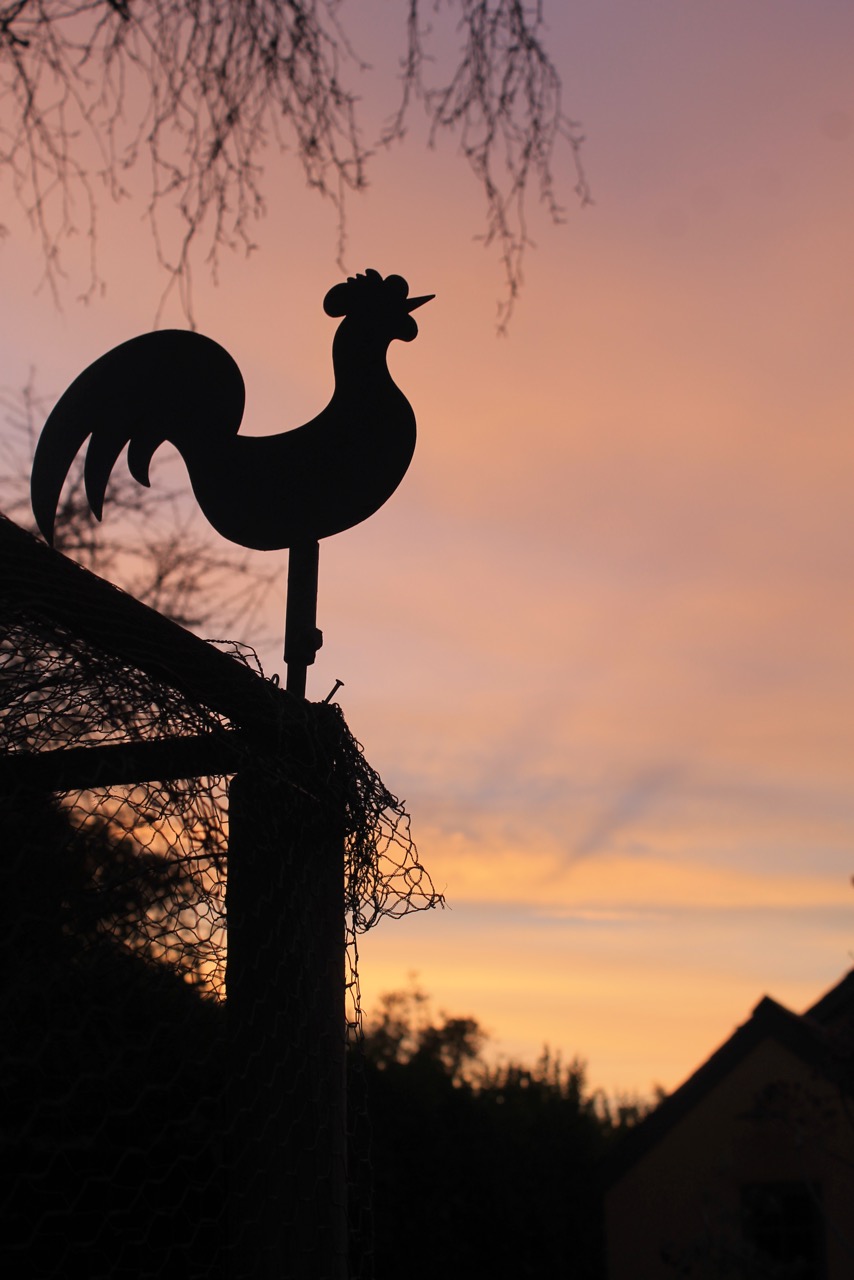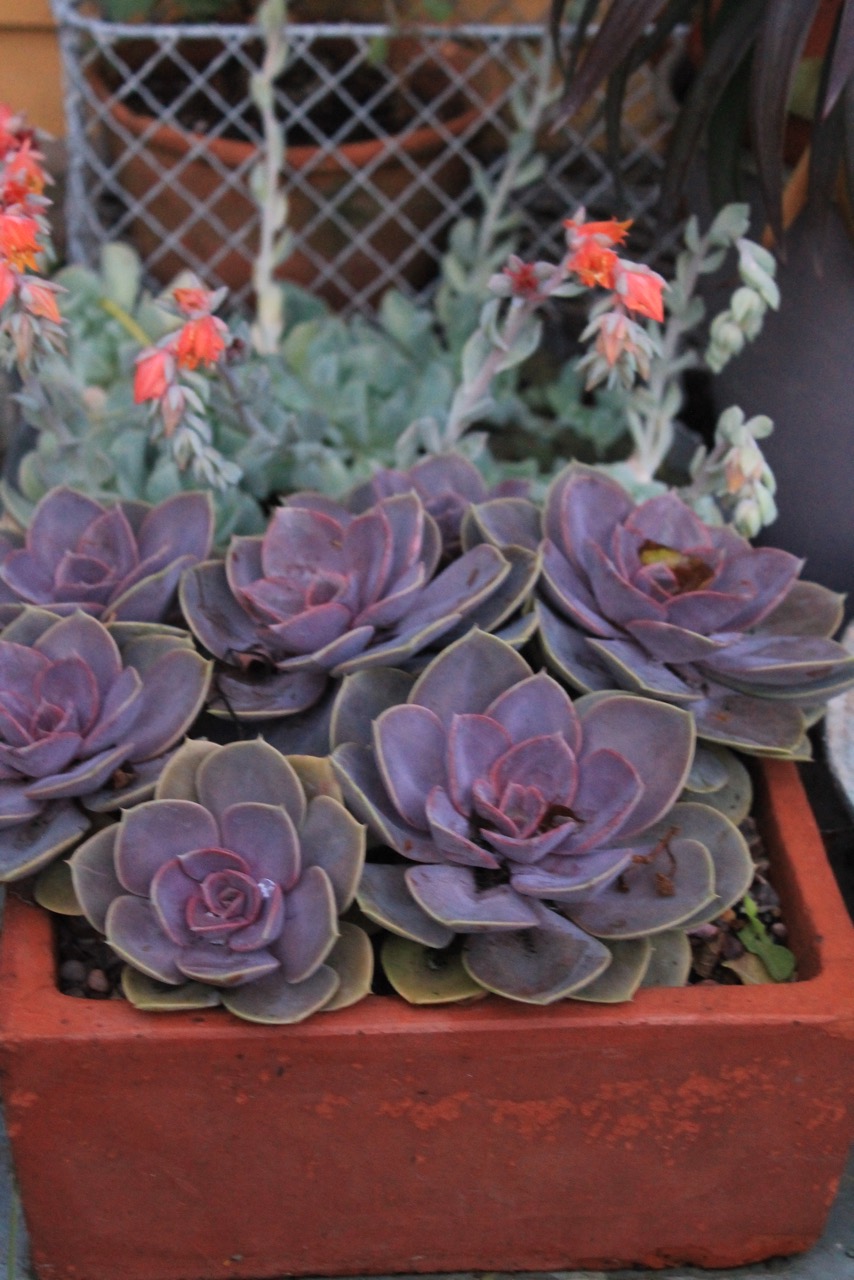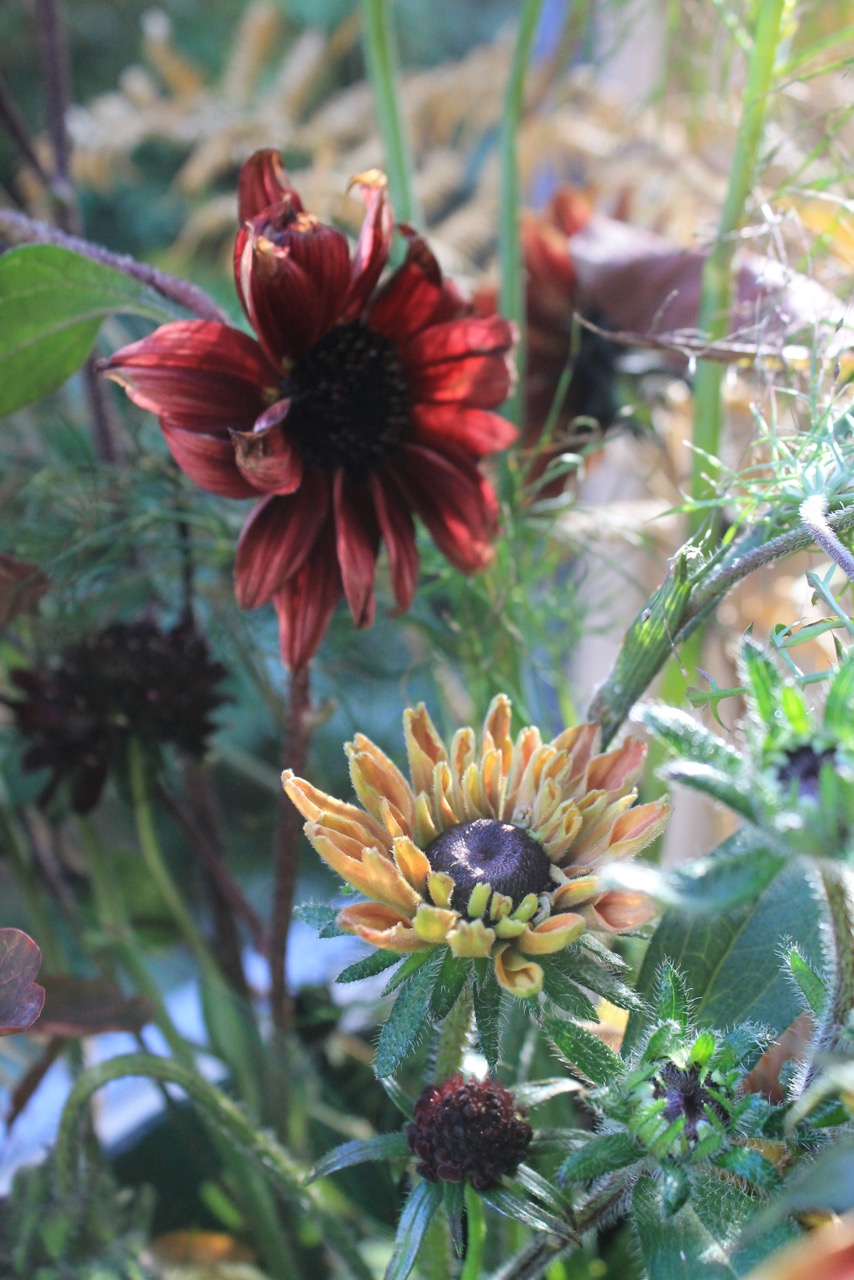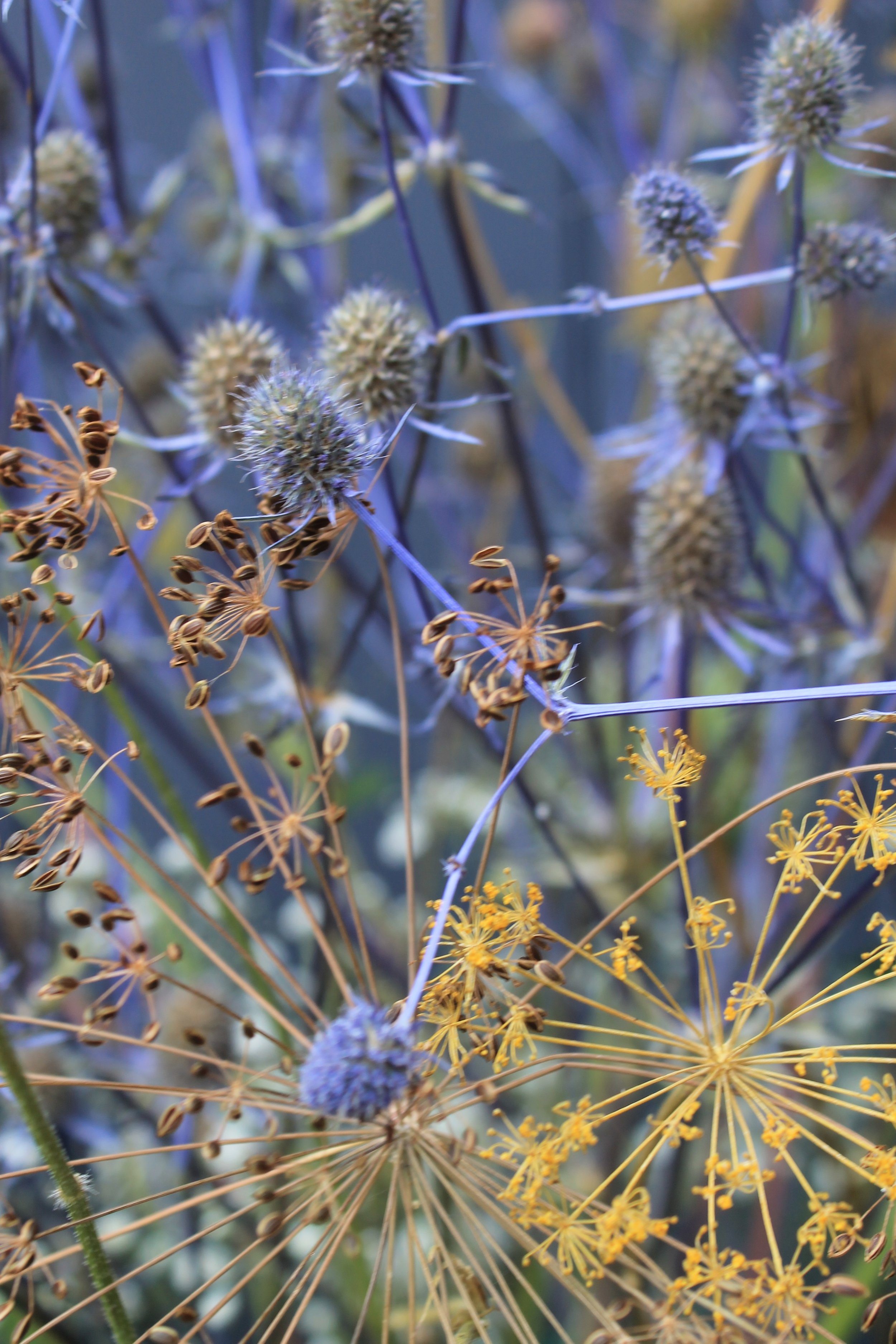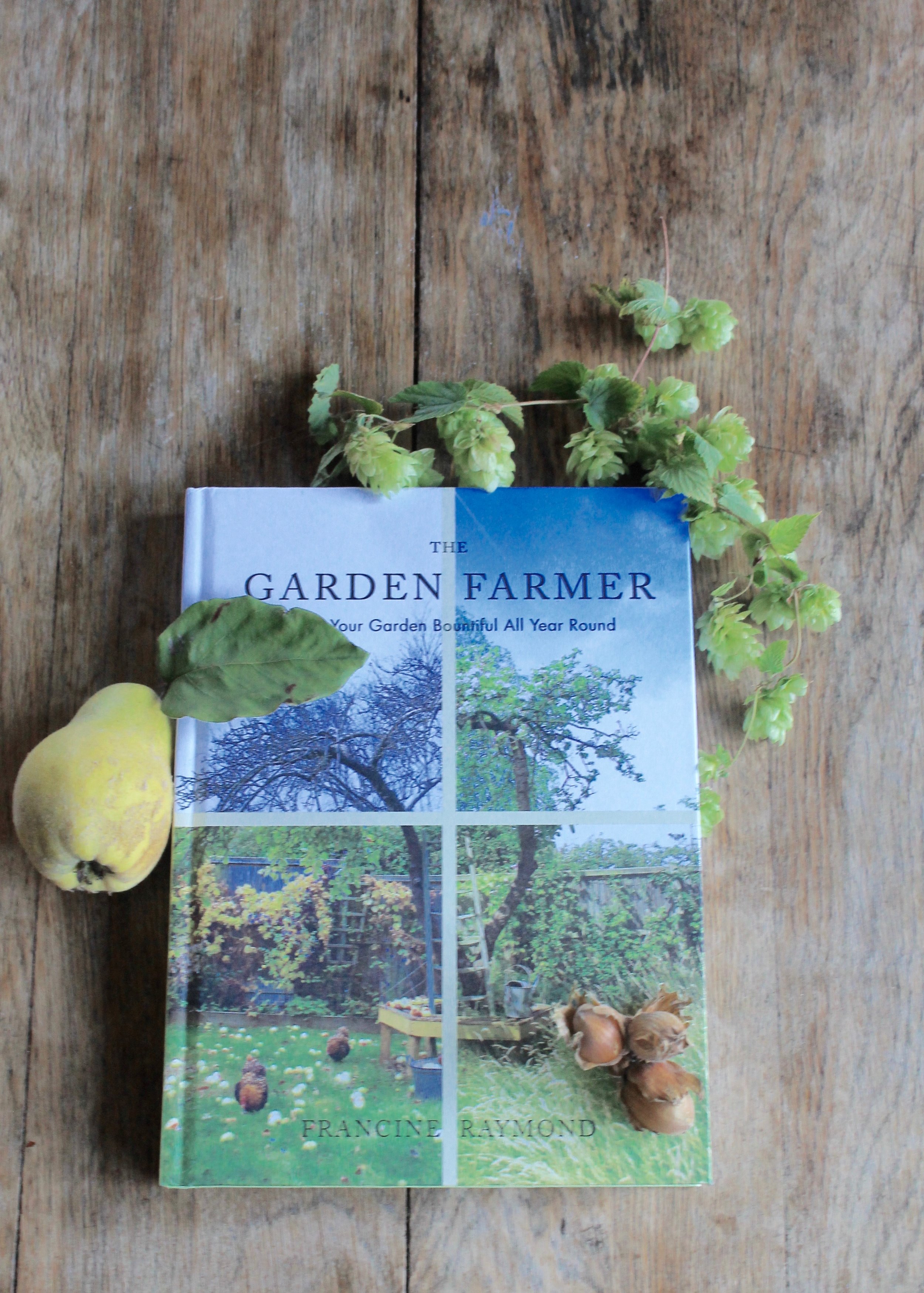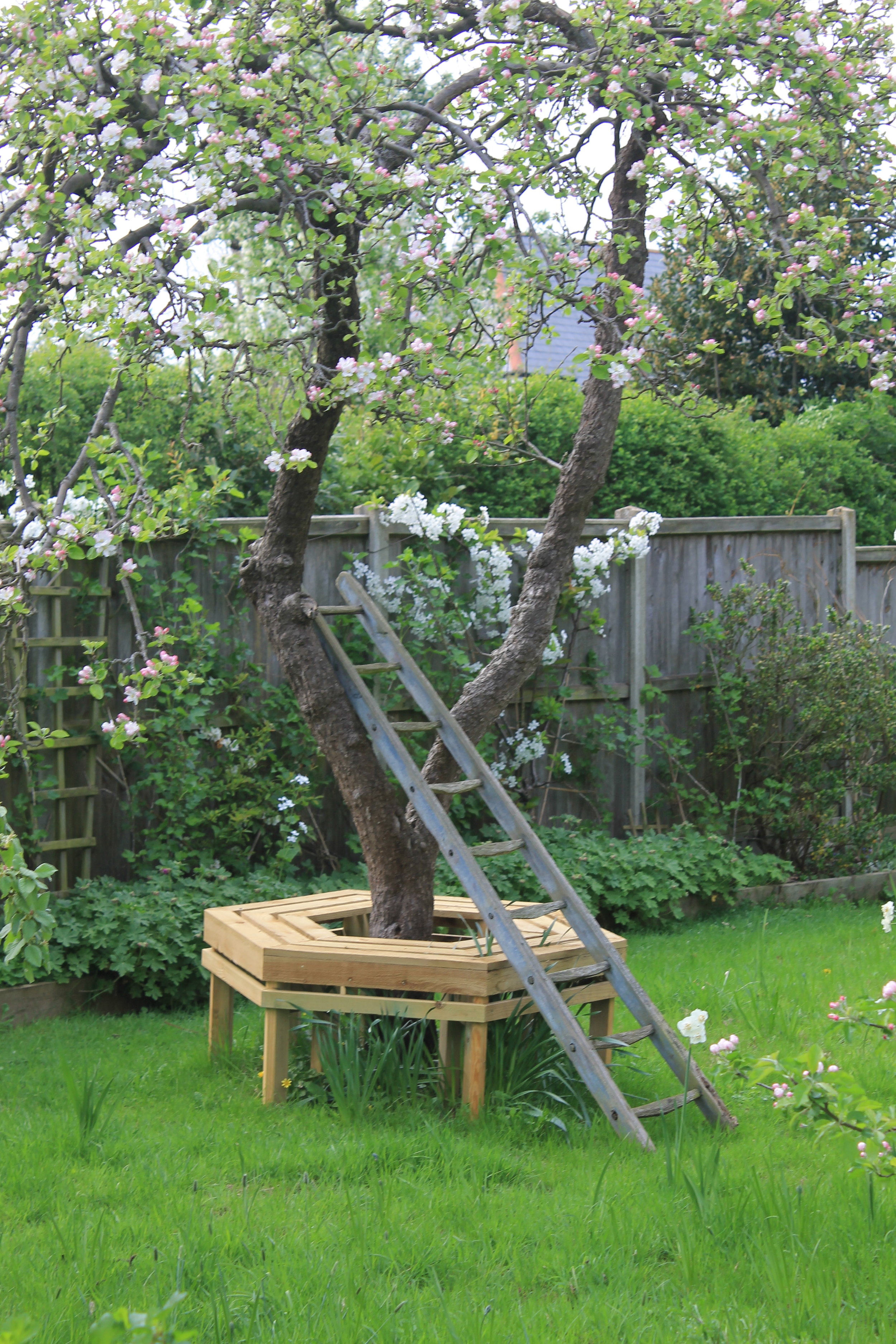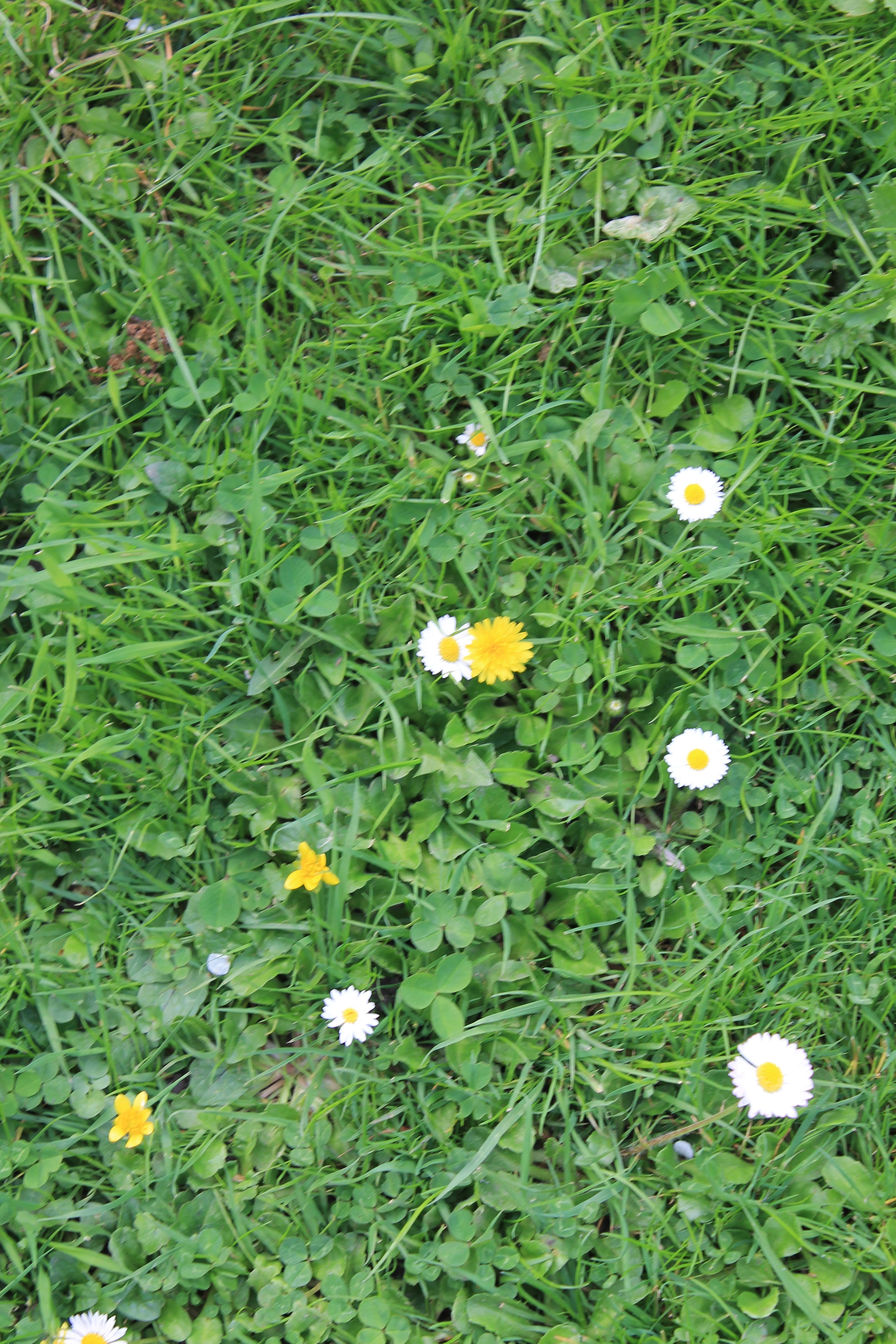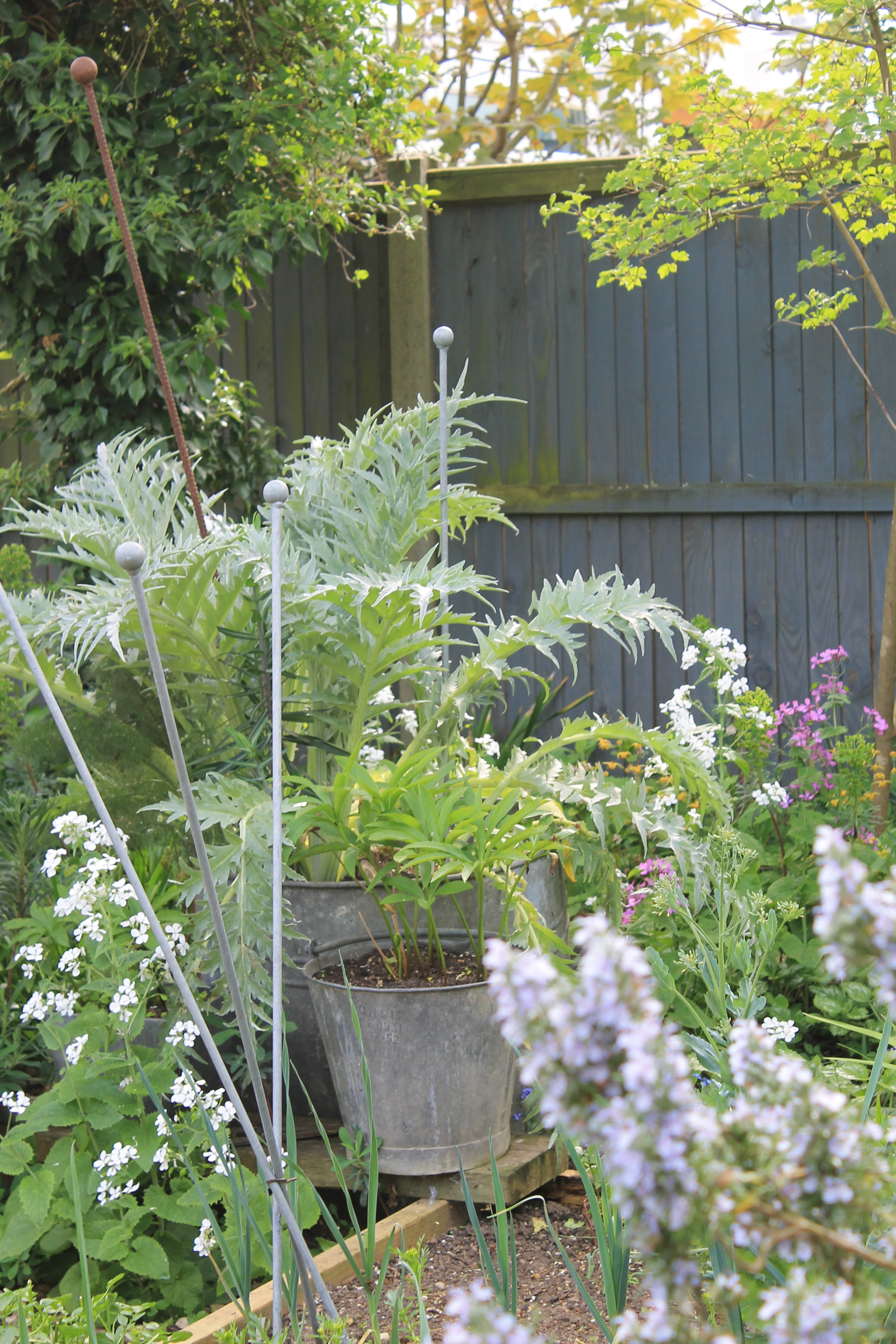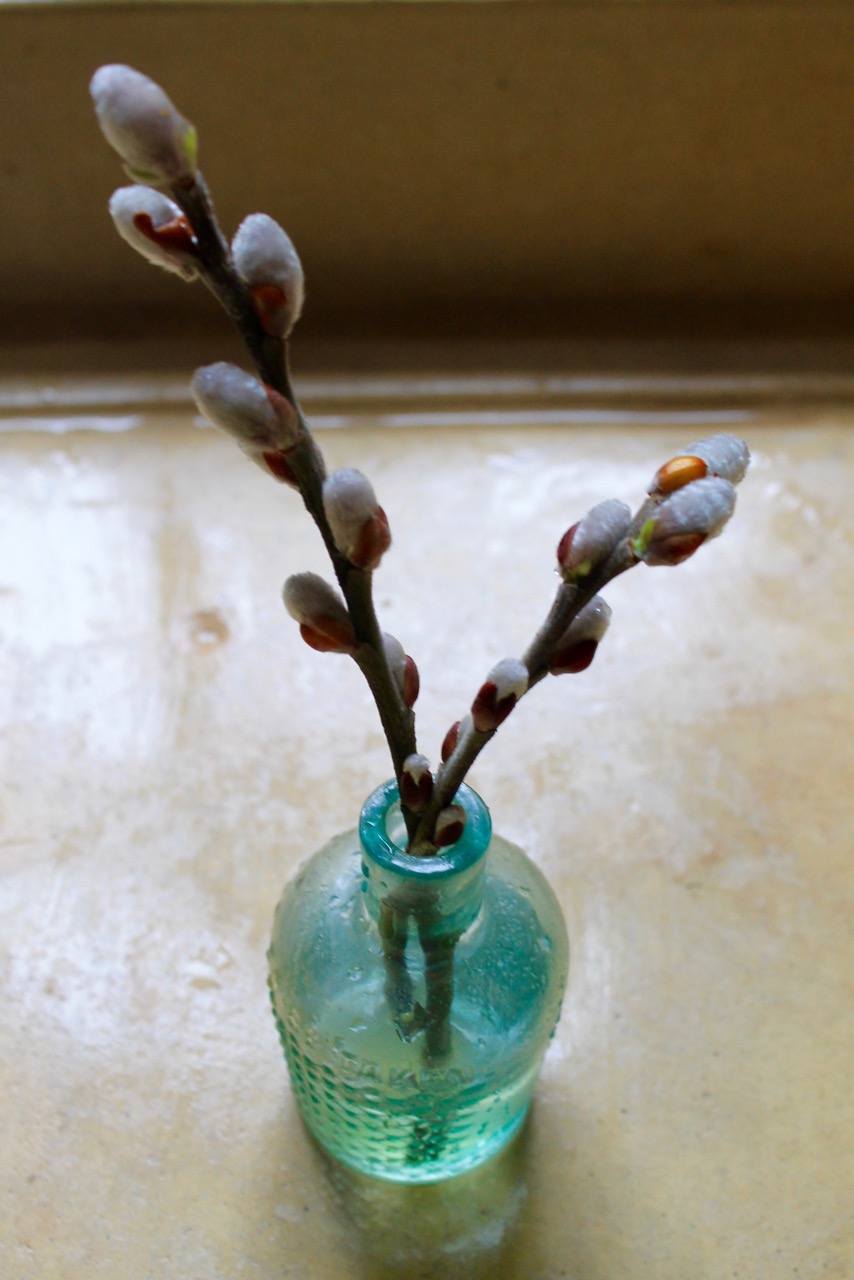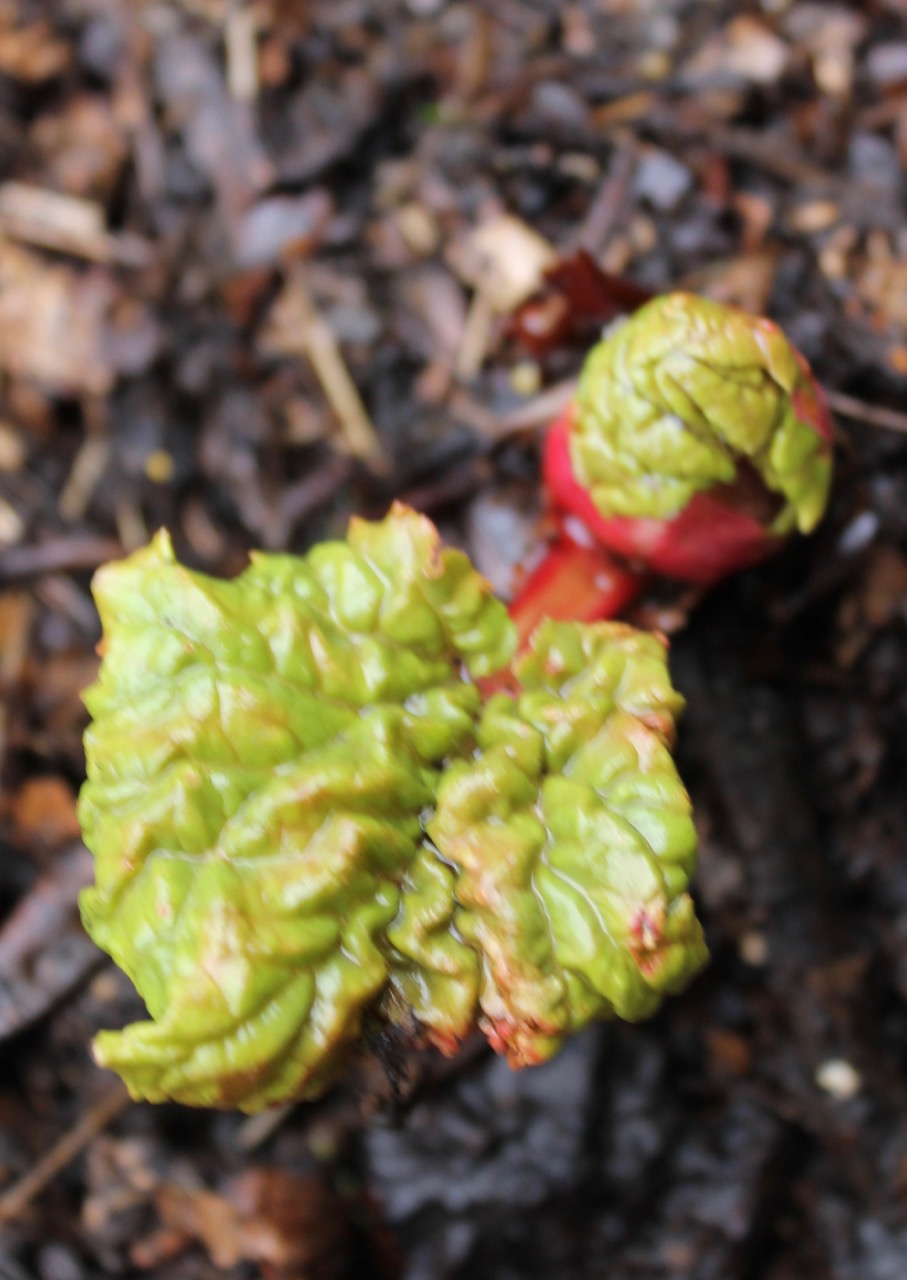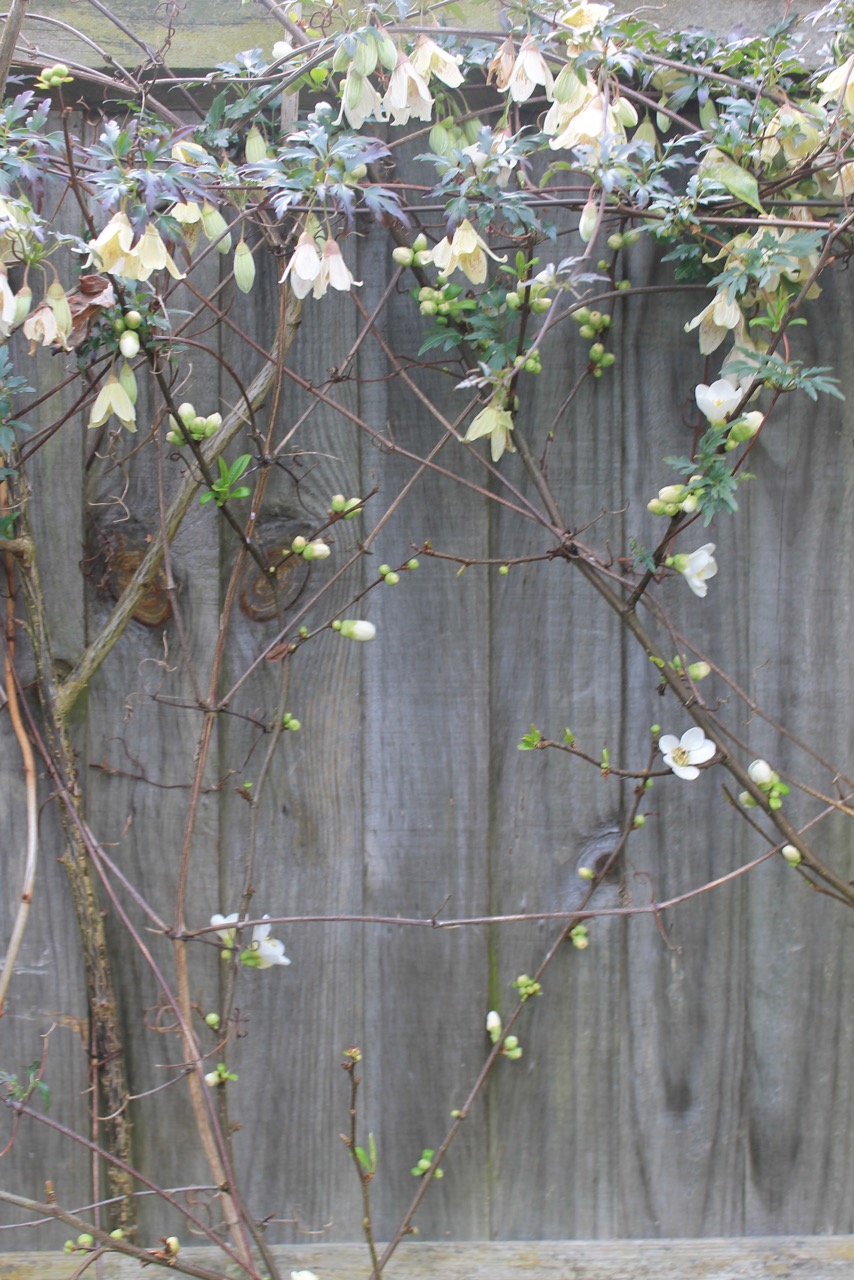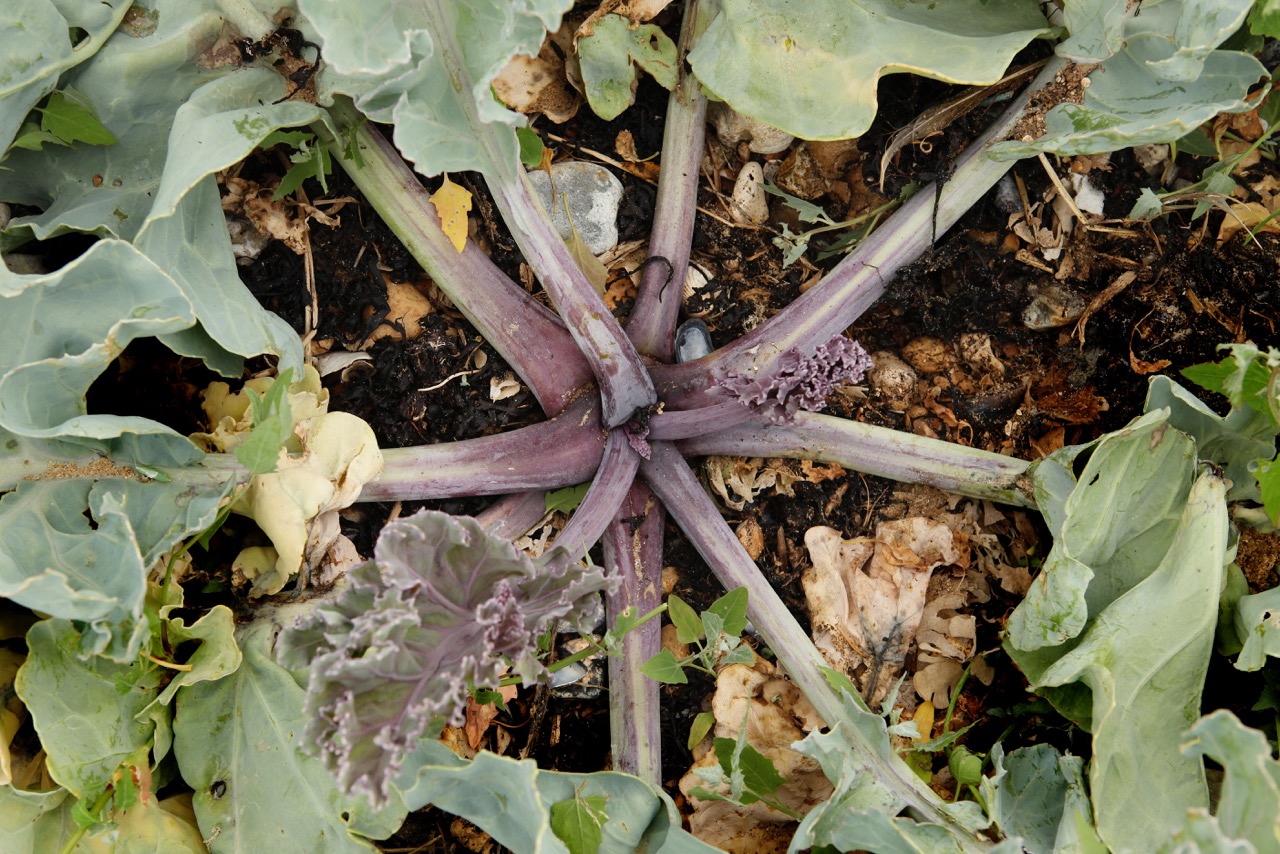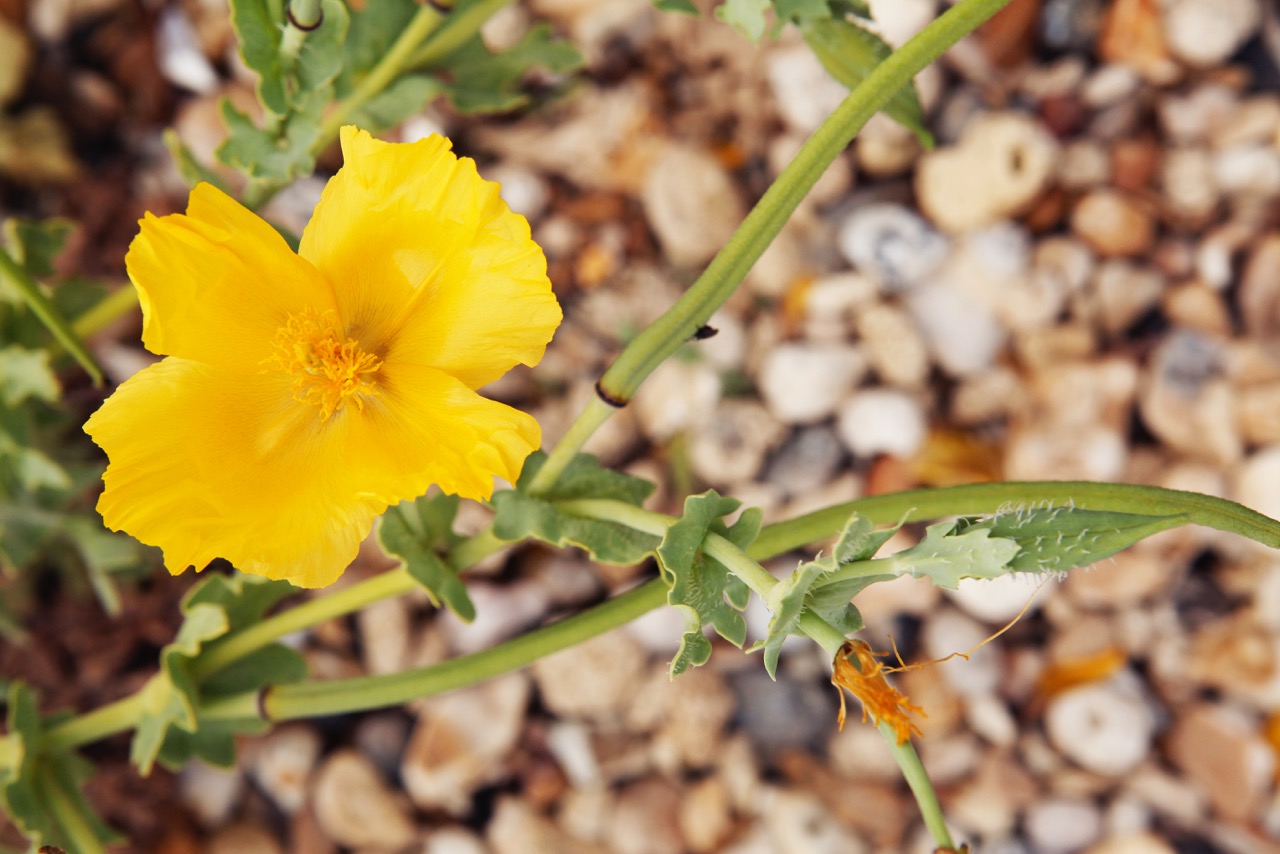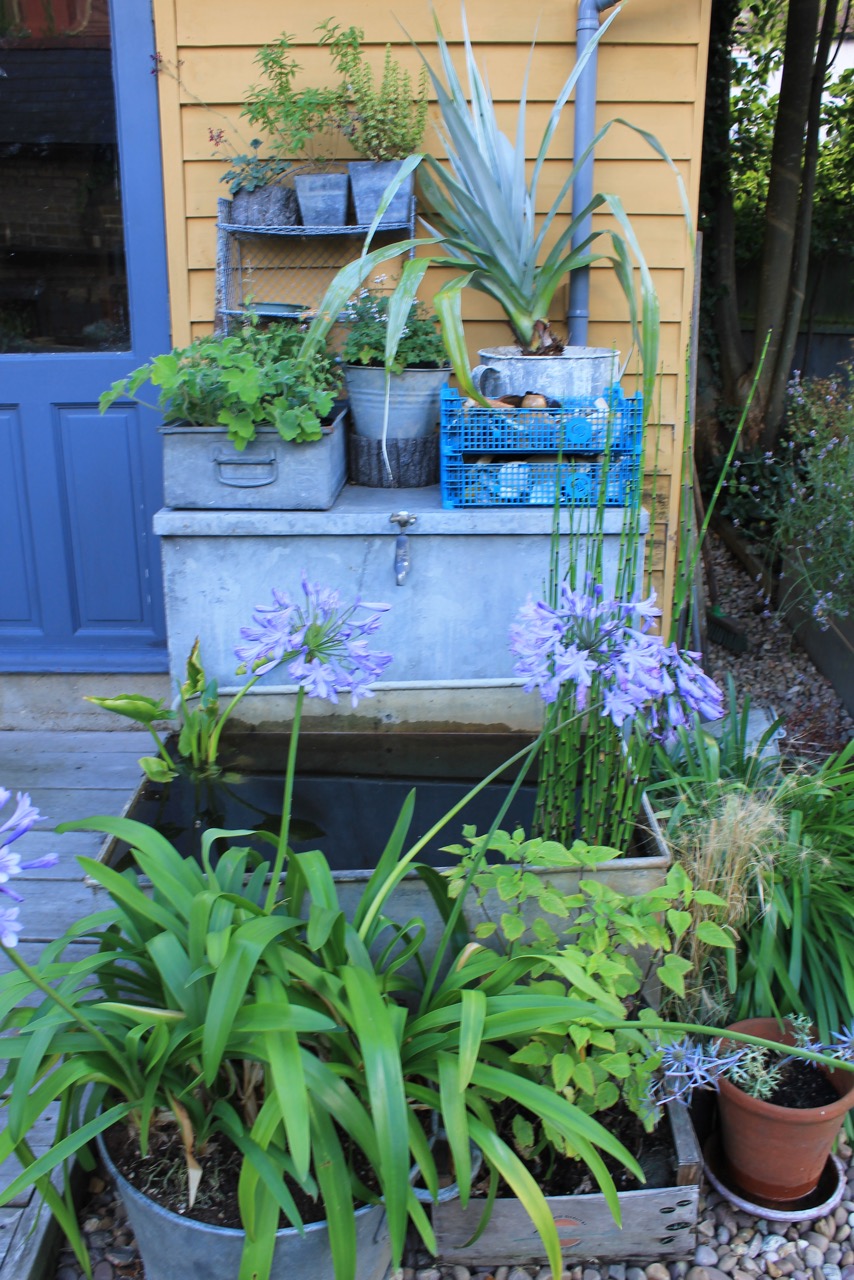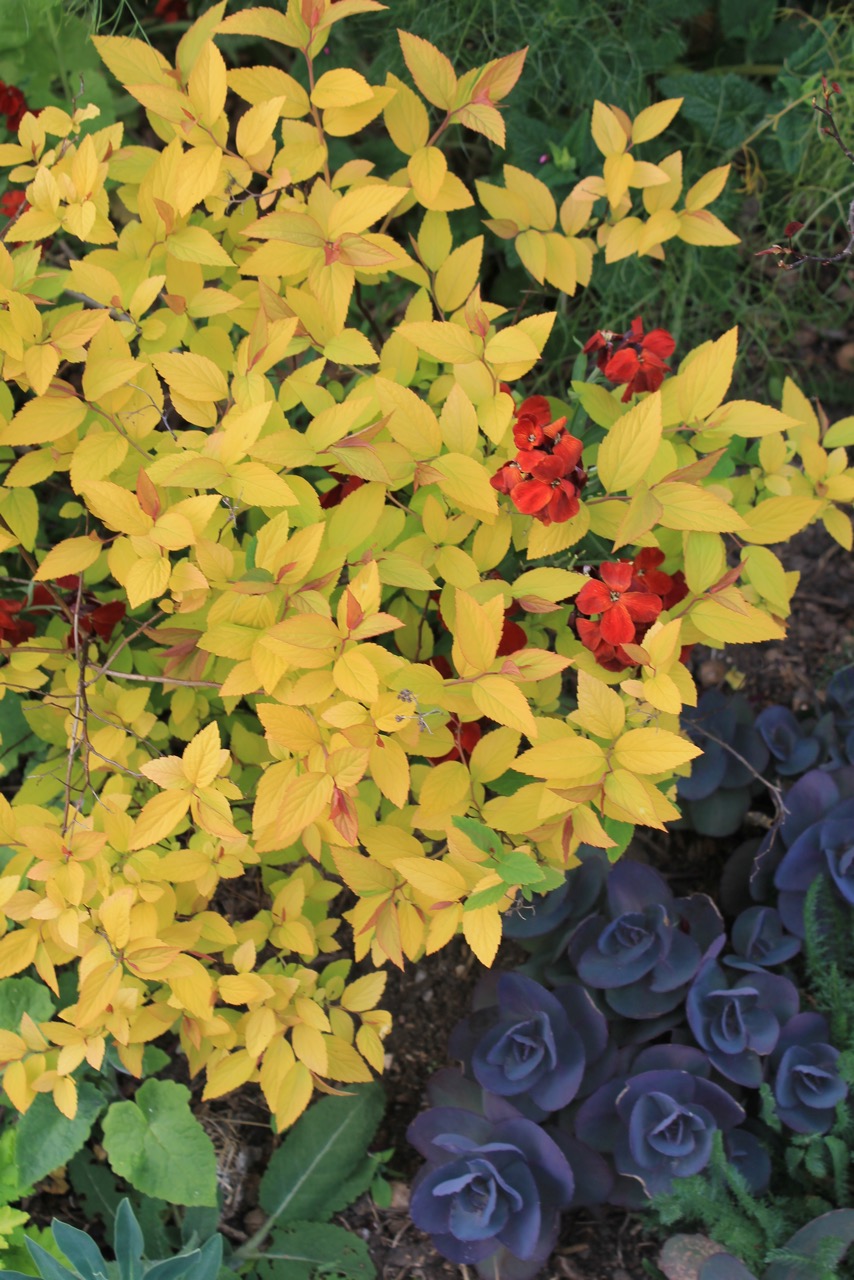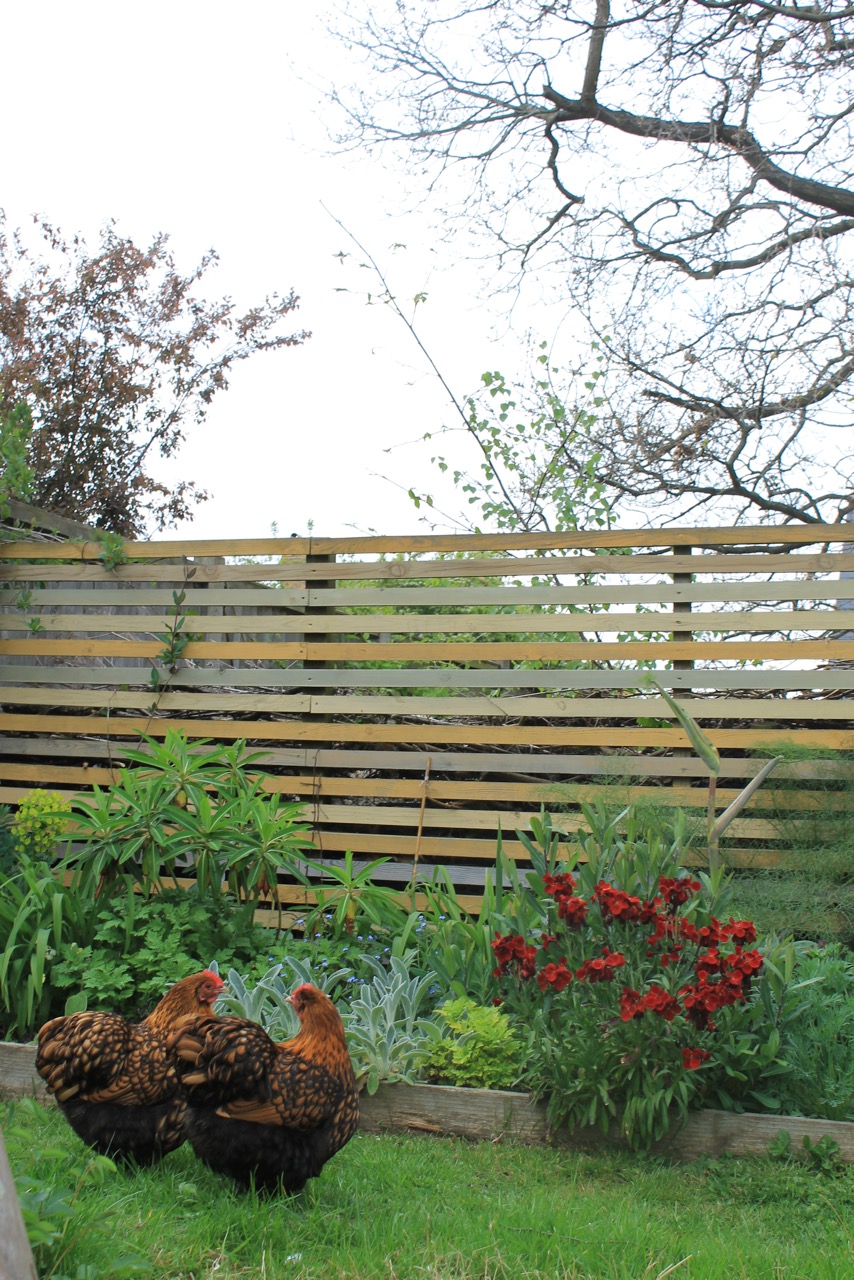After the usual bout of post festivity illness and general feebleness, I want some joy from the garden in the house without actually shivering out in the grey cold. The potted bulbs have come and gone, my dried seedheads no longer hold any charm, so I’m planting a tiny indoor garden.
Hunting for a good shallow container, I’ve selected an enamel roasting tray. I don’t want to spoil it with holes, so I’ve half filled it with coarse gravel – if it had drainage holes then gritty compost would be suitable – and briefly foraged the garden for raked moss as a basis for my landscape.
Hummocks of moss form on the east side of my slate roof and then get blown down or dislodged by the birds: these make perfect hills and dales. I’ve spotted a potted Chamaecyparis obtuse ‘Nana Gracilis’ that I loved for its texture on the outside table and plonked it in on one side.
Under the oak tree a piece of log is covered with a blanket of moss, so I’ve used it as a background. I want to keep this garden lush and green, unlike the small alpine gravel and beach gardens next to my porch (see July 2017’s blog), but some of the plants used like raoulias, sagina, hebes and mind-your-own-business are useful. Have a look at dwarf and miniature conifers too – kenwithconifernursery.co.uk have a good selection.
I suppose one could go the whole hog and include bonsai, but it’s a step too far for me. I’ve been experimenting with seedheads and pieces of shrub, like wild rose branches for extra interest. My indoor garden will be happy for a while in a light, cool spot, with daily spraying, but can then be moved outside on a terrace table, and replaced with garden flowers and foliage as spring is sprung.

